What Is an eCheck? An Extensive Guide on Electronic Checks
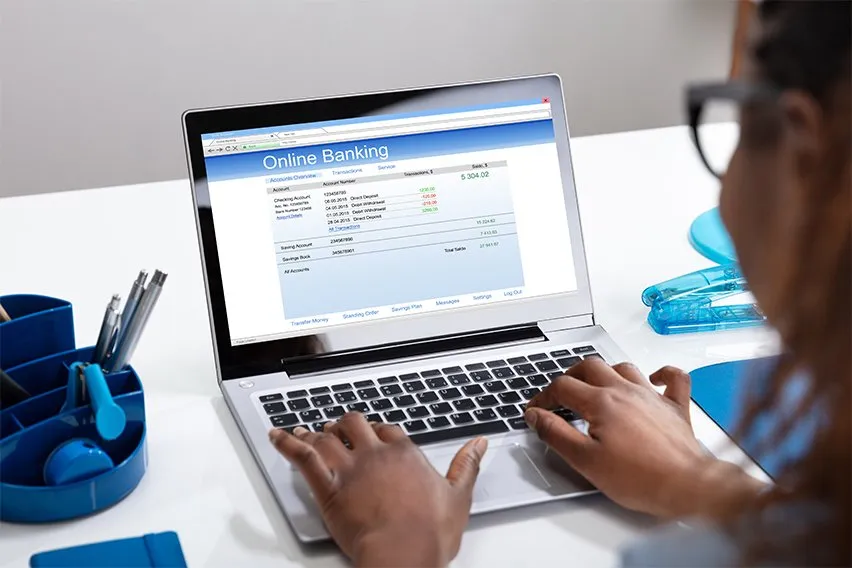
Paper checks are almost prehistoric in the 2020s. Now, many businesses and government bodies accept eChecks. But how do they work and are they safe?
Do you still get a check from grandma every Christmas in the mail? Paper checks feel like a relic from the past. And yet many companies still allow you to pay the old-fashioned way.
The IRS. Law firms. The electric company. You can still settle your bills with a signature on a fresh check from your tattered checkbook.
eChecks are the more eco-friendly, fast payment method to replace paper checks.
But how do eChecks work? What are the benefits of switching? Are eChecks even safe to use?
Our extensive guide will tell you everything you need to know.
Here’s What We’ll Cover:
What Are the Benefits of eChecks?
What Is the Difference Between an eCheck and a Bank Transfer?
How Do You Accept an eCheck Payment?
What Is an eCheck?
Simply put, an eCheck is an electronic check.
It is a way of sending money from your checking account directly from your bank to the recipient.
They contain all the same details that a physical check would.
The receiving party enters the payor’s routing number, account number, payment amount, and authorization to send the money. The authorization is done via electronic signature from the payor.

It’s an easier and faster way to accept payment because it uses the National Automated Clearing House (ACH network) to transfer money.
Electronic checks can be used instead of paper checks by anybody that will accept them. They are governed by the same banking laws.
Many see it as a good way to send large payments when you would usually use a traditional paper check.
What Are the Benefits of eChecks?
1. Electronic Check Processing Is Faster
A physical paper check could take days to process. Sending a check in the mail could take days to get to you. Then your bank needs time to accept and deposit the money into your bank account.
It’s a hassle.
Electronic checks have a speedier processing time as the system sends them to the bank instantly. In fact, customers can get a receipt for their payments within minutes. The funds then appear in the payee’s bank account within 2-5days depending on the bank.
It is a much faster payment method for online transactions. We love an efficient payment method.
2. eChecks Are Cheaper Than Paper Checks
Sending payments in paper form is expensive! Well… comparatively speaking.
To send a check in the mail, you need to pay for postage and an envelope at least. Some banks even charge to have a checking book since they are becoming outdated.
It may cost $1 to send a paper check on top of the money you are sending.
Now, a dollar isn’t a whole lot for one payment. But once you factor in many payments, the cost is clear.
By contrast, eChecks can cost as low as $0.10 to process by the bank. It’s also completely free to cash an eCheck.
A cheaper and easier way to pay is always a bonus!
3. eChecks Are Cheaper Than Online Payment Processors
You are probably convinced by now that eChecks are a good alternative to paper checks.
But what about other forms of sending or receiving cash?
As a business owner, you’ll be saving quite a lot by receiving eChecks directly to your bank account. Credit card processing fees are much much higher.
What Is the Difference Between an eCheck and a Bank Transfer?
Great question! As for electronic transactions, aren’t they the same thing?
After all, they both use the ACH network to electronically transfer funds.
They are very similar but there are three key differences.
1. eChecks Don’t Require the Payee’s Account Details
Before the check is sent, the bank has to authorize the payor’s intention to send it. This is normally done with an electronic signature but it can be done over the phone too. The eCheck also needs to contain the payor’s checking account details and the payee’s email address.
That’s it! The payor doesn’t need any payment details from the payee at all. The eCheck is sent to the recipient’s email address for them to process with their bank.
On the other hand, bank transfers require that the sender has all of the recipient’s bank details.
2. eChecks Can Still Bounce
It’s true that eChecks are faster than paper checks. However, they can still bounce. eChecks still take a couple of days to process. There is a waiting period to authorize the check. After that, there is a waiting period to clear the check. It’s faster than in paper form but still slower than direct bank transfers or direct debit orders.
Therefore, eChecks can bounce in that intermediary period when the payment clears. It is still a shorter lead time to find out if the check has bounced. But still, bounced checks aren’t an issue when it comes to bank transfers.
You Can Cash eChecks
Just as you would cash a traditional check, you can cash an eCheck. You have to go to certain locations to do this. You can only cash a bank transfer by using an ATM machine and your debit card. It is not quite the same process.
Are eChecks Safe?
Whenever we talk about any online transactions, there is an element of risk. We can’t pretend like online thieves and hackers aren’t getting smarter every year.
eChecks are vulnerable just as any bank transaction could be vulnerable.
However, they are deemed safe to use by most financial institutions and experts. In fact, eChecks are safer than the paper alternative.
Paper checks are riskier because there is a physical document to grab and forge. This is why Grandma should always double tape those Christmas cards!

How Do You Accept an eCheck Payment?
To start accepting eCheck payments for your small business, it’s a simple 4 step process:
Step 1: Set up a merchant account with an ACH host/provider.
Step 2: Have your customer give authorization for the payment. Digital signatures or a phone call authorization works.
Step 3: Ask your customer to enter their routing number and checking account details using an online payment form.
Step 4: Enter your customer’s checking details and billing amount into the eCheck payment processing system. The system is run by your ACH provider. Also, enter the billing schedule if it is a repeat payment.
Step 5: Wait around 2-5 days for the check payment to clear.
Key Takeaways
eChecks are the eco-friendly, efficient answer to the traditional paper check. It’s a way for your customers to electronically send funds that are cheaper for you to receive. It’s also safer, faster and more reliable than paper checks!
If you enjoyed this guide, read more on our blog.
RELATED ARTICLES

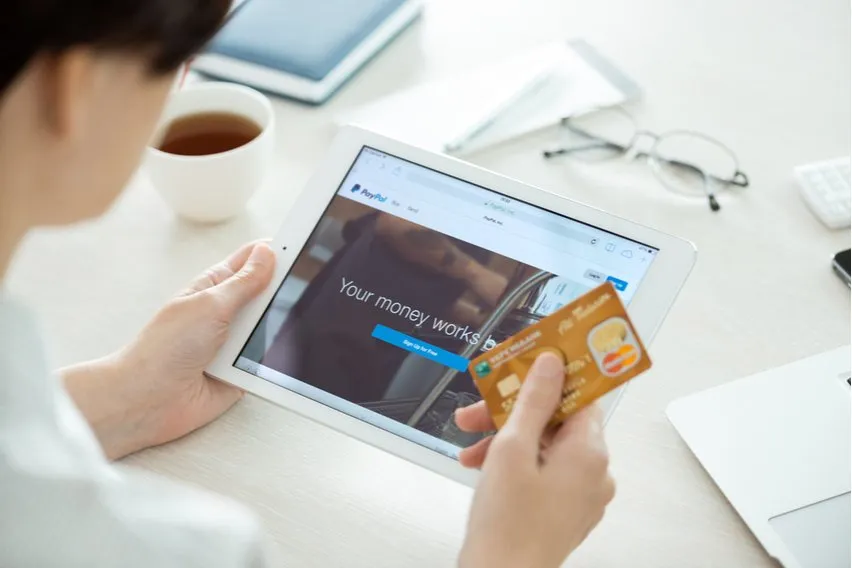 How To Transfer Money From PayPal to Bank: A Step-by-Step Guide
How To Transfer Money From PayPal to Bank: A Step-by-Step Guide How To Receive Money From Cash App
How To Receive Money From Cash App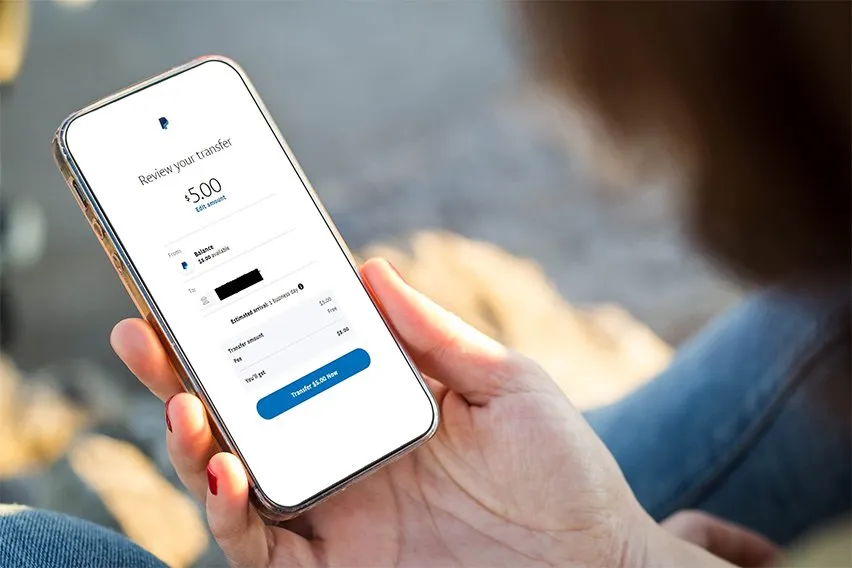 How to Receive Money on PayPal? Small Business Guide
How to Receive Money on PayPal? Small Business Guide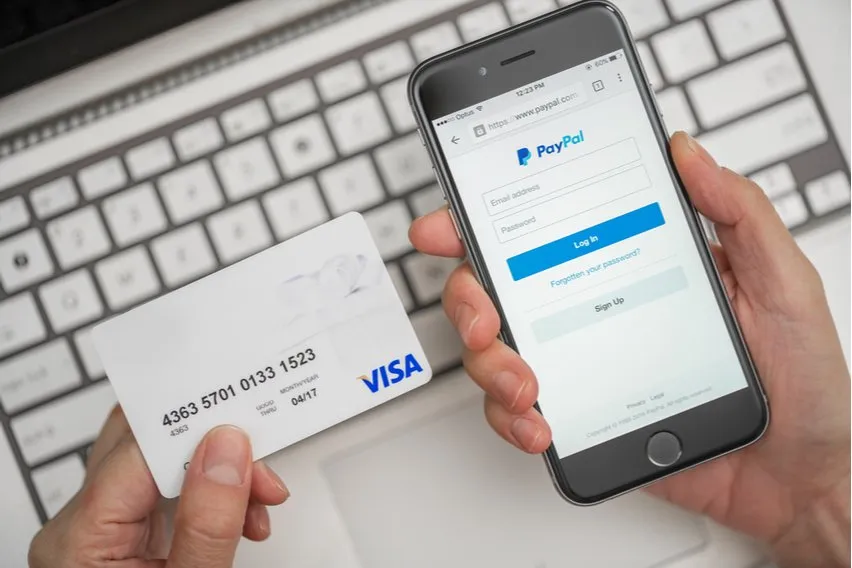 Does PayPal Charge a Fee? Know-How to Reduce Fees on PayPal
Does PayPal Charge a Fee? Know-How to Reduce Fees on PayPal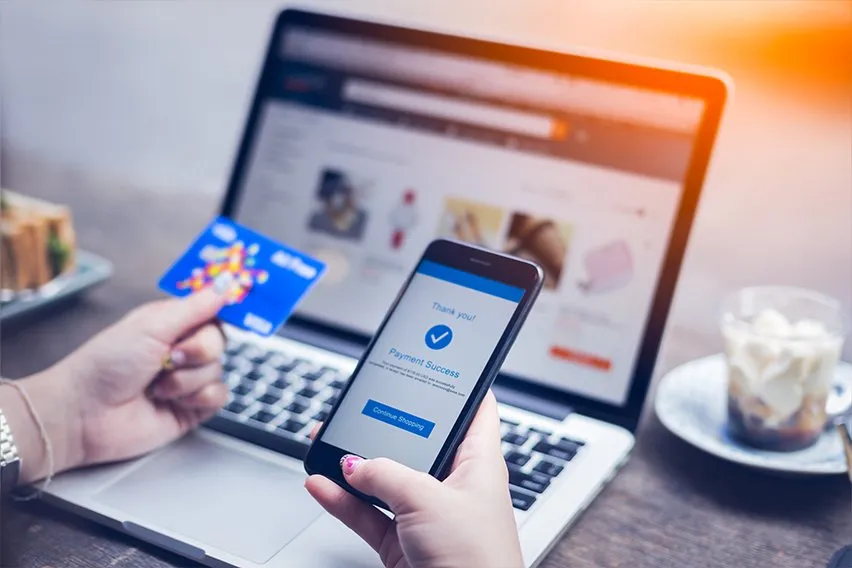 What is Payment Gateway?
What is Payment Gateway?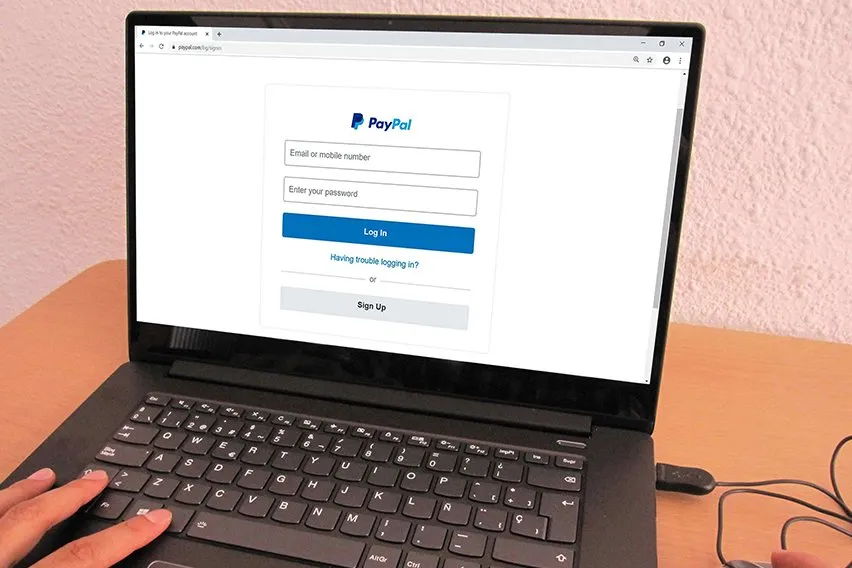 How to Delete a Paypal Account: 5 Simple Steps
How to Delete a Paypal Account: 5 Simple Steps